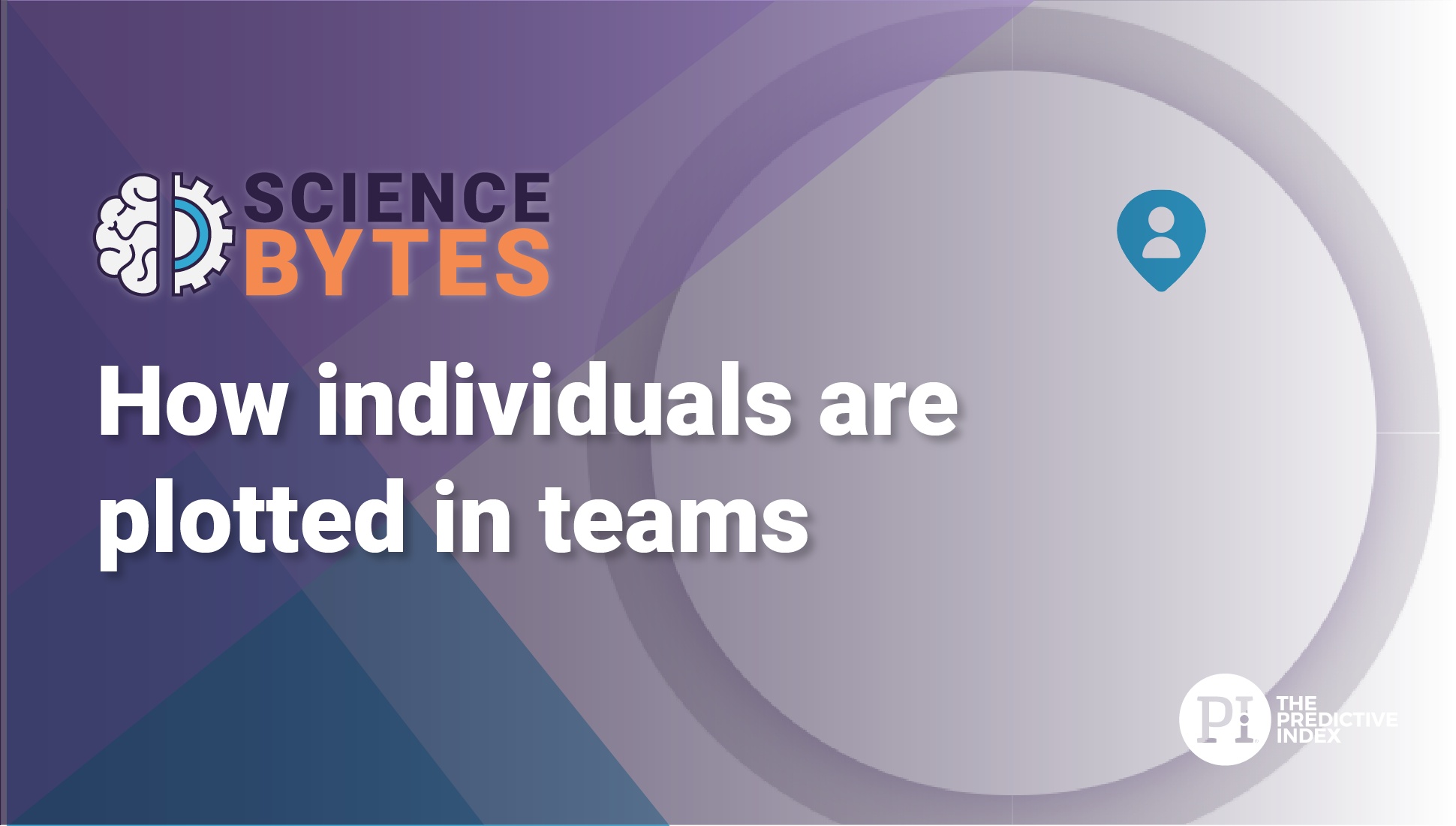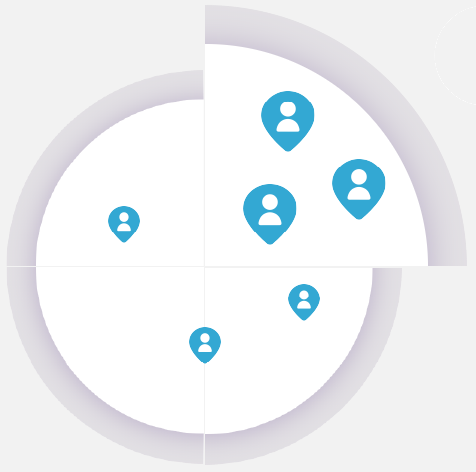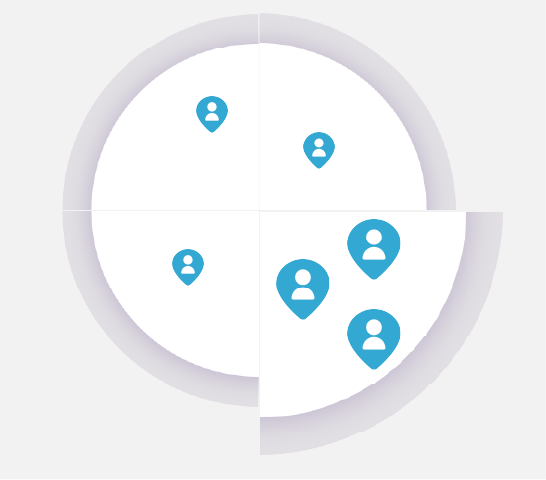What is a Pathfinding Team?
Introduction to Team Types
What is a Team Type?
What is an Exploring Team?
What is a Bolstering Team?
What is a Cultivating Team?
What is an Anchoring Team?
What is a Stabilizing Team?
What is an Executing Team?
What is a Producing Team?
What is a Pathfinding Team?
What is an Adapting Team?
Introducing the Pathfinding Team
A Pathfinding Team is one of the nine Team Types identified by The Predictive Index.
Pathfinding Teams can be described as “relentless.” Conflict is frequent, with each person championing their point of view. Fortunately, they see conflict as valuable—it forces them to challenge each other and think differently. They don’t always take time to coordinate with one another before acting, and this can lead to poor cooperation. Team members share resources but may not stop to think what others actually need.
Natural Strengths
- Innovative and agile
- Highly driven and proactive
- Works quickly to get the job done
Caution Areas
- Possible tension between innovative and process-driven individuals.
- Miscommunication can occur as people work as fast as possible.
- May struggle to balance product creation and product improvement.

“As an innovation leader on a path finding team I’ve learned that my team needs to to make adjustments. Path finding teams are relentless and just want to get things done. As the leader, I make an effort to document everything in writing, and over-communicate to other leaders so we don’t end up acting like bulls in the china shop of cooperation. I also have to pay careful attention to burnout as my leaders won’t stop unless told to do so. We often mandate team days off so everyone can have a break from crushing their goals.”
— Jim Speredelozzi
The science of a Pathfinding Team
A Team Type is a collection of individuals’ behavioral patterns, as plotted within the Team Discovery tool. Team Discovery aggregates each individual’s PI Behavioral Assessment results. Then, using PI’s proprietary calculations, the tool plots each team member against a four-quadrant map. This lets you visualize the degree to which each person falls in one quadrant versus another. For a team whose members primarily fall within Innovation & Agility and the Results and Discipline quadrants, they will often result in a Pathfinding Team.
But it’s not this placement alone that determines the Team Type. As mentioned, we have to consider how strongly individuals fall within each quadrant, so there are cases where you might get results that don’t seem as obvious, even if a large portion of the members fall within one quadrant. To better understand how these individuals are plotted, check out the video below.

Your business is not something you want to leave up to chance. To ensure a well-oiled machine, you need to understand how it runs and how to tune it. That means considering the behavioral traits of each new team member and how their traits can complement or balance the team they’re joining.

The Innovation & Agility quadrant
A Pathfinding Team is associated with two quadrants, one of them being Innovation & Agility, but a team can have individuals from any quadrant.
The Results & Discipline quadrant
This is the second quadrant that Executing Teams are most commonly associated with.

- Focus on pursuing new innovations
- Prefer to act quickly and assertively
- Communicate by talking things through
- Focus on results and goal achievement
- Prefer a focus on tasks and execution
- Resolve conflict by focusing on the task involved
Getting the best out of your team
With each team, there are strengths you want to lean on, as well as caution areas you should account for. Based on what you’ve learned about Pathfinding Teams, use the interactive below to determine some actions to get the most from your team.
You shouldn’t just rely on your Team Type to achieve success. Although it’s important, there is also another factor to consider, and that’s your Team Strategy.